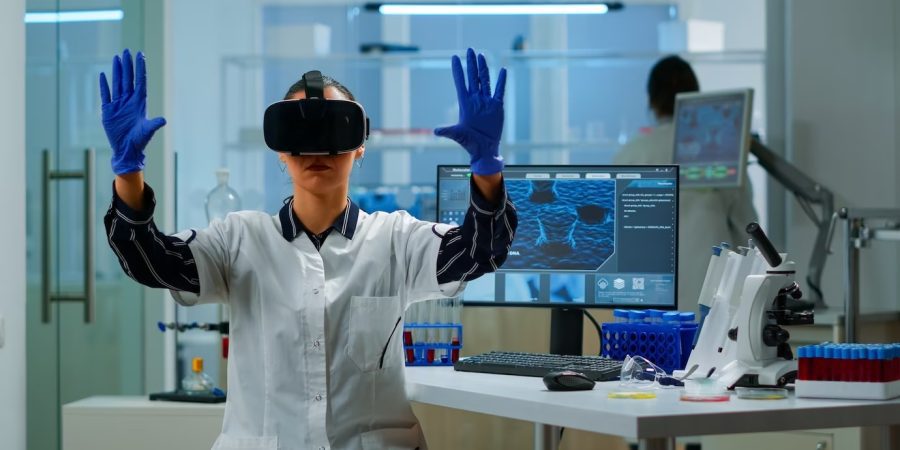The Latest Developments in Medical Technology: How They are Transforming Healthcare
Medical technology is constantly evolving, and the latest developments are having a major impact on the way healthcare is delivered. From virtual reality to artificial intelligence, medical technology is changing the way doctors diagnose and treat patients, and making healthcare more accessible, efficient, and effective.
Here are some of the latest developments and trends in medical technology, and how they are impacting the way healthcare is delivered:

Virtual Reality
Virtual reality (VR) technology is being used in a variety of ways in healthcare, from training doctors and nurses to helping patients with chronic pain or anxiety. For example, VR can be used to simulate surgical procedures, allowing doctors to practice and improve their skills without putting patients at risk. VR can also be used to create immersive environments that help patients relax and cope with pain or stress.
Artificial Intelligence
Artificial intelligence (AI) is being used in healthcare to help doctors diagnose and treat patients more effectively. For example, AI can be used to analyze medical images, such as X-rays or MRIs, and identify potential problems or abnormalities. AI can also be used to analyze large amounts of data, such as electronic medical records, to identify trends and patterns that can help doctors make better decisions.
Wearable Technology
Wearable technology, such as fitness tracker watches or smart clothing, is becoming increasingly popular in healthcare. Wearable devices can monitor a patient’s vital signs, such as heart rate and blood pressure, and send the data to doctors or nurses in real-time. This can help healthcare providers monitor patients more closely, and intervene if necessary.
Robotics
Robotics is being used in healthcare to help doctors and nurses perform tasks more efficiently and accurately. For example, robots can be used to assist with surgery, allowing doctors to perform procedures with greater precision and control. Robotics can also be used to transport medical equipment and supplies, reducing the need for manual labor and freeing up healthcare workers to focus on more important tasks.
Telemedicine
Telemedicine, or the use of technology to deliver healthcare services remotely, is becoming increasingly popular. Telemedicine allows patients to access medical care from the comfort of their own homes, using phone or video consultations with doctors and other healthcare professionals. This can be especially useful for people who live in rural or remote areas, or for those who have busy schedules and can’t always take time off work to go to the doctor.
Overall, the latest developments and trends in medical technology are transforming the way healthcare is delivered. By making healthcare more efficient, accessible, and effective, medical technology is helping to improve the lives of patients and healthcare providers alike. Get more information and insights from our experts who are ready to assist you!


